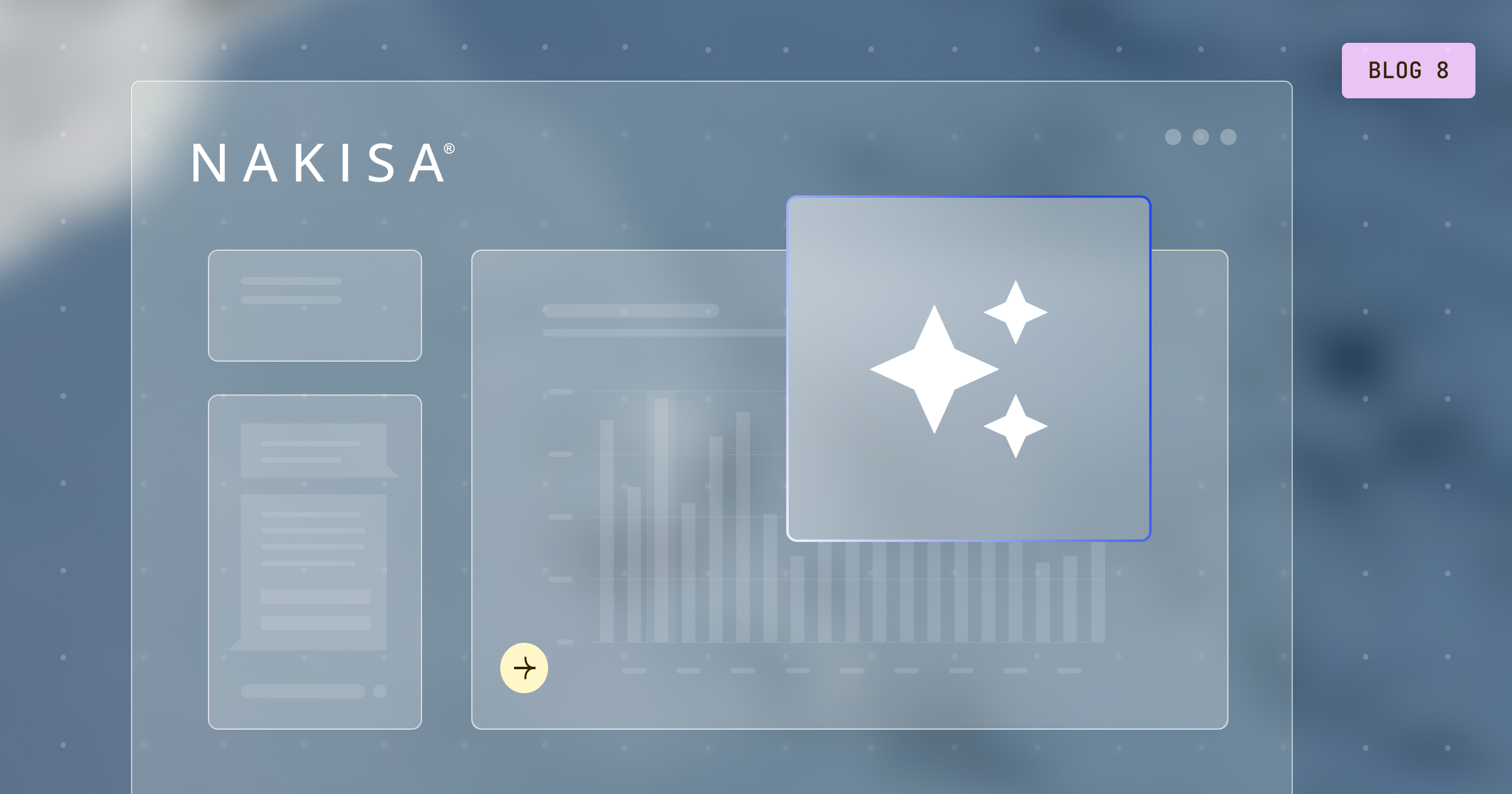Fortune 500 companies need to be able to evolve rapidly to react to market risks and opportunities. In the mergers and acquisitions space, there are critical factors and risks associated with growth to consider. The best leaders and strategic thinkers are sharp enough to recognize the primary risks associated with growth and are able to ask the key questions that lead their organizations and teams toward success. According to a recent study by Deloitte, 22% of M&A believe that an effective integration strategy is the most important factor in achieving a successful M&A transaction.
Understanding M&A challenges
Mergers follow a rigorous process and tend to span over an extended time period. The vast majority of mergers fail to achieve their desired results within an estimated range of 50% to 90%. A McKinsey study puts that failure rate at 70%, varying on the level of experience a firm has with acquisitions. In a survey of over 800 executives, Deloitte found that the top 3 reasons for failures are: 1) ineffective integration strategy, 2) improper target identification, and 3) delays and lack of speed.
Importance of speed and technology in M&A success
Key organizational elements that drive integration success include effective integration planning, acquiring technology assets, and meeting expectations and goals. Conversely, unexpected challenges dominate as the chief reason why integration fails. Unforeseen difficulties are a leading factor that can foil a merger. Moreover, most of the focus of the merger process is on finance, legal, accounting, and taxation. These aspects of a merger are data-rich, easy to define and calculate, and directly represent what is to be gained by a merger. In contrast, 80% of CEOs admit that company culture is difficult to define. The human capital variables in the equation are generally data-poor and difficult to quantify. Unfortunately, these are precisely the most critical pieces of information necessary for a successful merger.
Another key proponent of integration success is speed. Companies need a quick and easy way to gain visibility into their organizations to accelerate the M&A process. Building the foundation of a solid plan supported by powerful tools and a well-designed and repeatable process can significantly increase your chances of success. It’s no wonder Deloitte’s 2016 Year-end integration reports cite the “acquisition of technology assets” as one of the most important drivers of M&A success.
Impact of human capital integration on M&A success
Companies who merge and make acquisitions more frequently tend to be more successful at it because they’ve learned over time how best to manage the people integration process quickly and efficiently. Agility, strategic planning, and program structure increase the chances of merger success. Another key reason M&A transactions fail is poor preparation for the critical post-merger period. Negotiators place big efforts into closing the transaction, and companies often neglect the human capital management aspect of M&As. Even among companies that make the effort, 42% of the time, pre-merger due diligence fails to provide an adequate roadmap for capturing synergies and creating value. Organizations that don’t consider the complexity of human capital management data entry and visualization in their planning process substantially increase the risk of a failed merger. Most organizations use a highly manual, disconnected, and inaccurate method, resulting in a manual, expensive, time-consuming, and inefficient process.
Empowering M&A success with HR software
Advances in technology are contributing to the development of new tools to help automate the processes surrounding organizational transformation. In addition, intelligent organizational transformation technology enables organizations to reach far more quickly to opportunities and threats as they arise, Organizations need effective, intelligent technology that can provide: (1) a unified, real-time, secure, and accurate view of the organization, incorporating information from different systems; (2) insightful analytics regarding key business and human resource drivers; and, (3) an easy-to-use solution for planning and auctioning change, based on organizational goals and strategy.
Solutions such as Nakisa Workforce Planning software drive the organizational transformation process. Nakisa is an intuitive M&A integration and analytics solution that powers inorganic growth strategies, designed to accelerate talent integration and mitigate talent risks by eliminating time-consuming administrative functions and allowing strategy to be the first step.
To accelerate the M&A process, Nakisa Workforce Planning software empowers organizations to 1) identify and retain top talent, 2) simulate future organizations using advanced analytics, 3) enable seamless talent integration transformation by normalizing different positions between different companies to optimize the organizational structure for the best synergies, and 4) Save costs by making better decisions based on better data. Learn more about Nakisa Workforce Planning!





